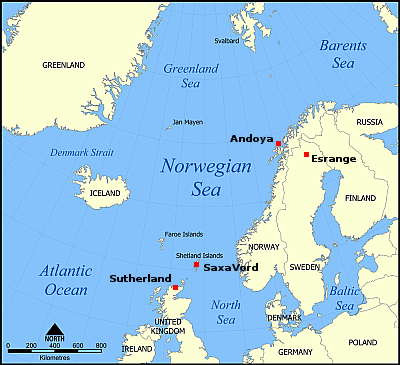The war-mongers are always those in power
After Diane and I recently watched Mel Gibson’s movie Braveheart I was intrigued to find out the real history behind William Wallace and the war between Scotland and England in the 1200-1300s. Fortunately, I stumbled upon Ronald McNair Scott’s excellent 1982 history, Robert the Bruce, King of Scots.
Not surprisingly, I learned that William Wallace played a relatively minor role in the effort of the Scots to break free from English rule than implied by the movie. The movie was reasonably accurate overall, but the real leader of that long battle was Robert the Bruce, who was descended from previous rulers and fought a long guerilla war against multiple English kings over more than three decades to establish his nation’s independence and his right to rule as king.
That fight began after the death of Scotland’s previous king, Alexander III in 1286. Alexander had for years maintained a peaceful alliance with England, as two separate nations. The problem was that when he died, his heir was still a child. His regents signed a deal with the English king, Edward I, allowing them to rule an independent Scotland as allies with England, but Edward soon realized the power vacuum in Scotland provided him an opportunity. He repudiated the treaty and began a long violent effort to conquer these northern provinces.
The result was thirty years of endless war, ravaging the countryside both in Scotland and northern England. Eventually Robert the Bruce won, getting England to acknowledge the independence of Scotland. Thus Bruce in many ways is seen as Scotland’s own version of George Washington.
What struck me as I read this book however was the plunder and devastation this long war visited upon the ordinary people in both England and Scotland. Edward would invade Scotland, wrecking havoc on local villages and castles. Bruce would respond with repeated raids into northern England, where he would destroy villages and farms, leaving the surviving inhabitants to starve.
And what was the war about?
» Read more




